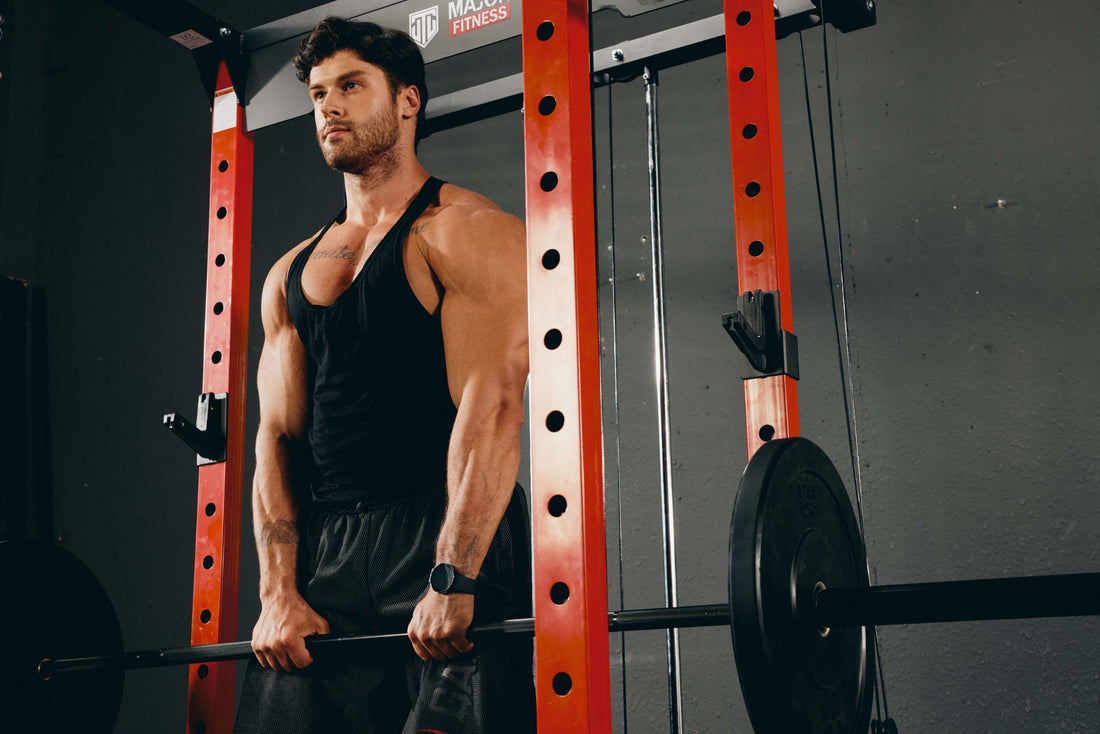
When it comes to crafting a stellar lower body workout routine, understanding the nuances of different exercises can make all the difference. Two popular exercises that often cause confusion yet offer tremendous advantages are the Romanian Deadlift (RDL) and the Stiff Leg Deadlift (SLDL). So, let's dive into the nitty-gritty of the Romanian Deadlift vs Stiff Leg Deadlift muscles worked to help you optimize your fitness regime and achieve your goals faster.
Understanding the Basics
Romanian Deadlift (RDL)
The Romanian Deadlift is a variation of the traditional deadlift that emphasizes the hamstrings and glutes. It is characterized by a slight knee bend and an extensive hip hinge. By focusing on the eccentric (lowering) part of the movement, the RDL effectively isolates the posterior chain muscles.
Key Muscles Worked:
- Hamstrings
- Glutes
- Lower back (Erector Spinae)
- Lats
- Adductors
- Forearms (grip strength)
Stiff Leg Deadlift (SLDL)
The Stiff Leg Deadlift is another variant that targets similar muscle groups but with some key differences. Unlike the RDL, the SLDL keeps the legs almost completely straight, which maximizes the stretch on the hamstrings and shifts some load onto the lower back.
Key Muscles Worked:
- Hamstrings
- Glutes
- Lower back
- Lats
- Traps
Key Differences in Muscles Worked
Though both exercises focus on the posterior chain, the Romanian Deadlift vs Stiff Leg Deadlift muscles worked can vary slightly due to the variation in technique.
Hamstrings
Both exercises heavily engage the hamstrings, but the SLDL tends to generate more hamstring activation due to the greater lengthening of the muscle during the movement.
Glutes
The RDL offers more significant engagement of the glutes, especially during the hip hinge. This makes it slightly more effective for glute development compared to the SLDL.
Lower Back
The SLDL puts more strain on the lower back, requiring more stabilization and strength from the erector spinae. In contrast, the RDL distributes the load more evenly across the posterior chain.
Benefits of Each Exercise
Romanian Deadlift
Hamstring and Glute Development: As mentioned, the RDL is immensely beneficial for strengthening and hypertrophying the hamstrings and glutes.
Functional Strength: The movement pattern is closely related to everyday activities, enhancing functional strength.
Reduced Lower Back Stress: The slight knee bend helps in reducing the load on the lower back compared to other deadlift variants.
Stiff Leg Deadlift
Increased Hamstring Activation: The straighter leg position allows for a greater stretch and contraction of the hamstrings.
Lower Back Strength: Due to the higher engagement of the lower back muscles, the SLDL is excellent for building lower back strength.
Posture Improvement: By focusing on lower back strength and hamstring flexibility, the SLDL aids in improving overall posture.

Common Mistakes to Avoid
Romanian Deadlift
- Excessive Knee Bend: This can take the focus away from the hamstrings and glutes.
- Rounding the Back: Always maintain a neutral spine to avoid injuries.
- Incorrect Weight Selection: Using too much weight can compromise form.
Stiff Leg Deadlift
- Locked Knees: While the legs should be straight, locking the knees can lead to an injury.
- Rounding the Back: Similar to the RDL, maintain a neutral spine to protect your back.
- Excessive Range of Motion: Only lower the bar as far as your hamstring flexibility allows without rounding your back.
How to Incorporate Them into Your Routine
Understanding the specifics of Romanian Deadlift vs Stiff Leg Deadlift muscles worked can help you strategically incorporate these exercises into your routine.
Romanian Deadlift: Ideal for days focusing on hamstring and glute training. You can pair it with exercises like lunges or hip thrusts for a comprehensive lower-body workout.
Stiff Leg Deadlift: Best suited for back and hamstring days. Combining it with lower back exercises like hyperextensions or rows can provide an effective posterior chain workout.
Conclusion
When comparing the Romanian Deadlift vs Stiff Leg Deadlift muscles worked, it's clear that both exercises offer unique benefits and target slightly different aspects of the posterior chain. Understanding these distinctions will allow you to fit these movements effectively into your workout routine, maximizing your strength and muscle gains. Whether you’re aiming for stronger hamstrings, glutes, or lower back, incorporating both of these exercises can help you achieve a well-rounded and effective training program.
So, the next time you hit the gym, think about your goals and choose wisely between the Romanian Deadlift and the Stiff Leg Deadlift to best meet your fitness needs!




















